Illustration photo.
Implementing Directive No. 20/CT-TTg of the Prime Minister directing ministries, branches and localities on a number of urgent and drastic tasks to prevent and resolve environmental pollution; including a series of solutions on environmental protection in the field of urban transport in Hanoi , the Hanoi Department of Construction is seeking opinions from relevant departments, branches and units for the draft Resolution on converting to green vehicles and developing a charging station system in the city. The draft is currently being completed to report to the Hanoi People's Committee to submit to the City People's Council for consideration and approval at the September 2025 meeting.
Accordingly, some outstanding policies in the draft Resolution include direct cash support for people with gasoline or diesel motorbikes (registered before the resolution takes effect) in low-emission areas, when switching to green vehicles (worth VND 15 million or more). The support level is VND 3 million/vehicle for individuals; VND 4 million/vehicle for near-poor households; VND 5 million/vehicle for poor households. Each individual is supported with a maximum of 1 vehicle until the end of 2030.
At the same time, the draft Resolution also clearly states that preferential loans with interest rates of 3-5%/year, a limit of 100% of the contract value, and a maximum loan term of 5 years will be provided to public service units; passenger transport units (except buses) and freight transport units; and enterprises investing in facilities for collecting and recycling old vehicles. 100% exemption of registration fees and license plate registration fees for green vehicles from the effective date of the Resolution until the end of 2030.
The draft resolution also proposes a roadmap for piloting and expanding the ban on gasoline/diesel personal vehicles. Accordingly, the pilot will limit gasoline-powered motorbikes from January 1, 2026 to June 30, 2026; ban motorbikes using fossil fuels in Ring Road 1 from July 1, 2026, and in Ring Road 2 from January 1, 2028; limit gasoline/diesel personal cars in Ring Road 2 from January 1, 2028; and expand to Ring Road 3 from January 1, 2030.
From 2035 to 2050, non-green motor vehicles (including CNG and hybrid vehicles) will be restricted at each level. Specifically, restrictions will be imposed in Ring Road 1 from 2035, in Ring Road 2 from 2040, in Ring Road 3 from 2045, and citywide restrictions from 2050. Hanoi will also collect traffic fees and adjust parking service prices to apply according to the above roadmap for polluting vehicles.
To ensure the implementation of the above goal, the City People's Committee requires that at least 10% of parking spaces at existing projects must have charging posts before the end of 2026; at least 30% of parking spaces at new projects must have charging posts. Public charging station infrastructure investment projects will receive 70% support from the budget for bank loan interest in the first 5 years. Bus station and parking lot projects with 30% or more parking spaces with charging posts will receive 50% support for site clearance costs; 100% of land rent in the first 5 years.
Hanoi will also prioritize investment in charging stations on sidewalks, and encourage the installation of hydrogen and clean fuel filling stations. Notably, the city strongly encourages investors to participate in developing clean energy transport infrastructure through the PPP (public-private partnership) model. These investors will be given priority in land allocation and 100% support for land rent at planned locations until the end of 2033. The city also commits to synchronous investment in transport and technical infrastructure to effectively connect with clean energy station projects.
Previously, on July 15, Vice Chairman of Hanoi People's Committee Duong Duc Tuan said that, implementing the Capital Law, by the end of 2024, Hanoi city issued a resolution regulating low emission zones. According to the roadmap, in the third quarter of 2025, Hanoi city will standardize the low emission zone system, accordingly, it must be controlled according to belts 1, 2 and 3. According to Mr. Duong Duc Tuan, Belt 1 currently has a scale of about 31 km2, a population of about 600,000 people, so this is certainly a low emission zone that must be strictly controlled. After that, the city will expand to belts 2 and 3, in line with Directive 20/CT-TTg.
In addition, all emission sources are strictly controlled, including industrial production and even the burning of straw and stubble. In addition, the issues of waste, environmental sanitation, environmental pollution from toxic solid waste, and pollution of rivers and lakes must also be handled. Mr. Duong Duc Tuan added: "Transportation is a source of emissions that cause air pollution from 54 to 75%. We calculate an average of about 60%. There must be regulations and standards for controlling old vehicles, and then emission conditions according to each threshold."
In addition, referring to personal vehicles using gasoline, Mr. Duong Duc Tuan emphasized that this issue must ensure the utmost harmony between the people, businesses and the state to both convert appropriately and ensure feasibility in implementation. Accordingly, it is necessary to study a policy mechanism to support the most suitable conversion for the people, especially for vehicles running on gasoline and oil in the central belt area of the capital.
Vice Chairman of Hanoi People's Committee Duong Duc Tuan affirmed: "Hanoi will also have management measures, with the coordination of the state, people and businesses. Therefore, there will also be measures to call for and organize management, implementation for all businesses supplying vehicles, offering the most preferential regime to exchange vehicles, even supporting in terms of cost, issues related to the best use of those vehicles."
It can be affirmed that the current environmental pollution situation in Hanoi Capital has become extremely urgent. For a clean and green living environment, and at the same time to improve the quality of the living environment, especially the health of the people, we must join hands, be unanimous, be united, and join forces to implement. In particular, with the synchronous implementation of measures by Hanoi and the consensus of the people and businesses, Directive No. 20/CT-TTg of the Prime Minister will soon come into life, realizing the aspiration of Hanoi - Civilized, Modern, Green, Clean, Beautiful.
According to VTV
Source: https://baothanhhoa.vn/ha-noi-du-kien-ho-tro-doi-xe-dien-3-trieu-dong-xe-255055.htm


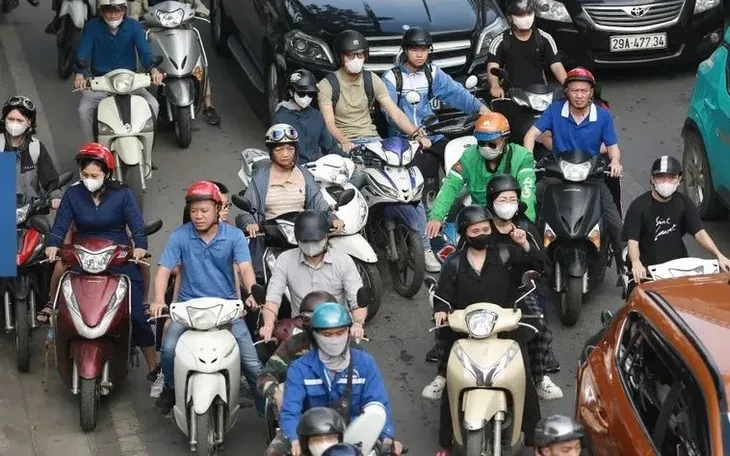

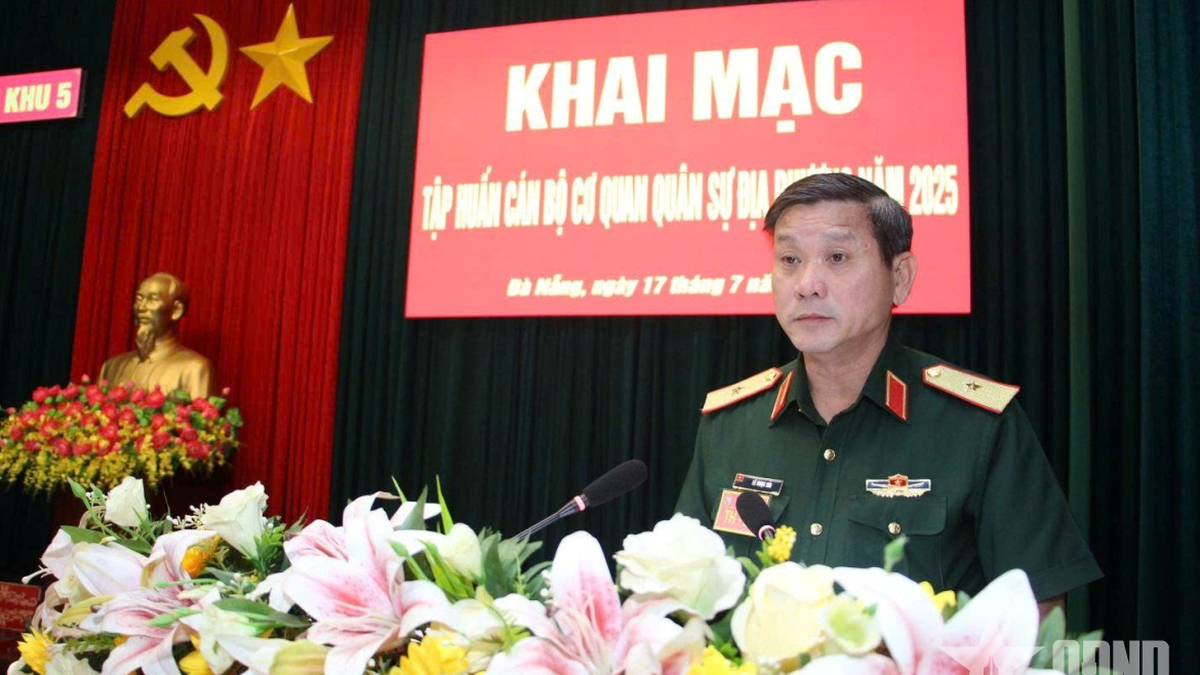
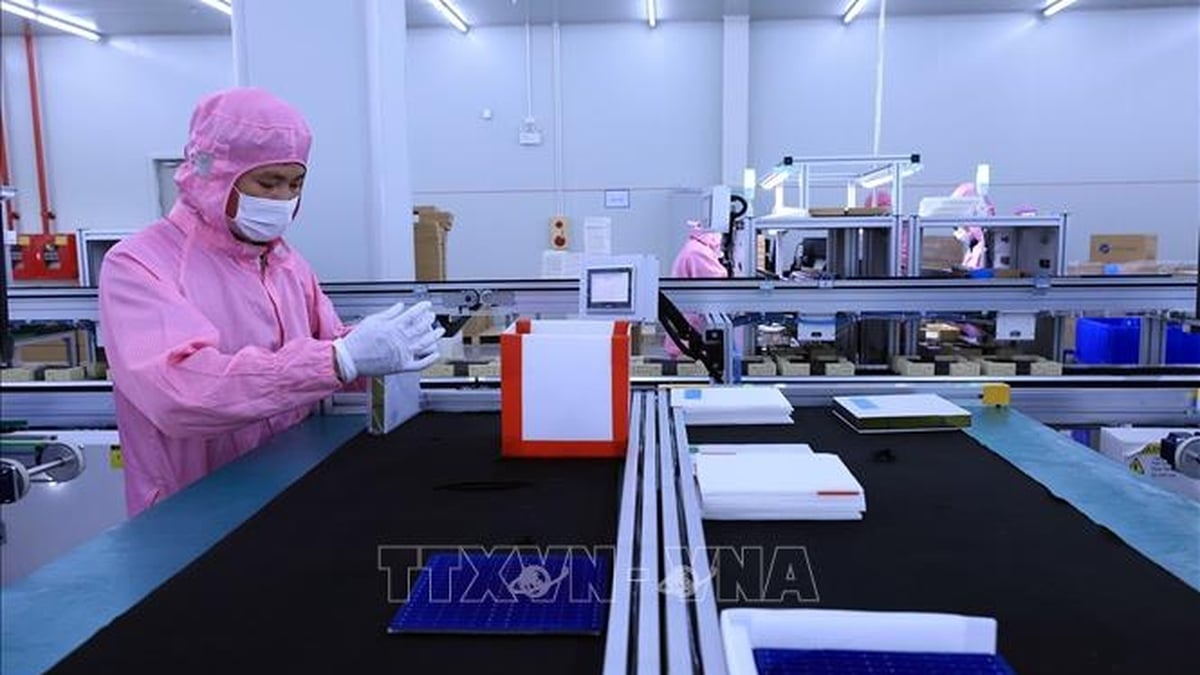
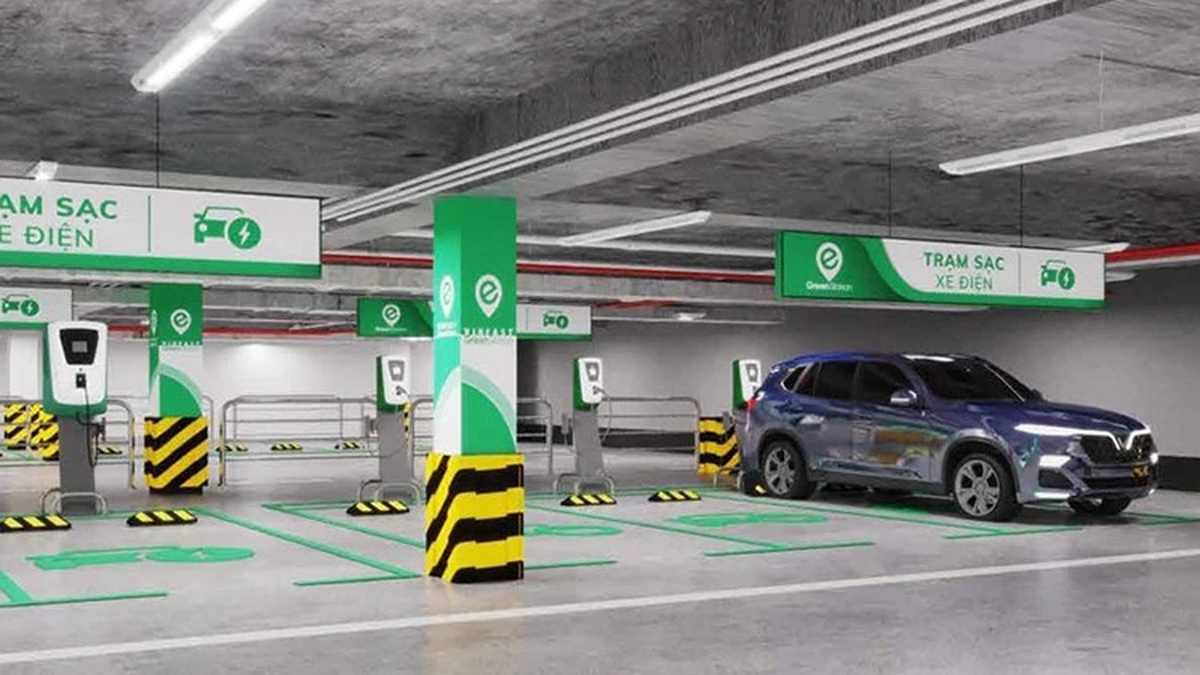

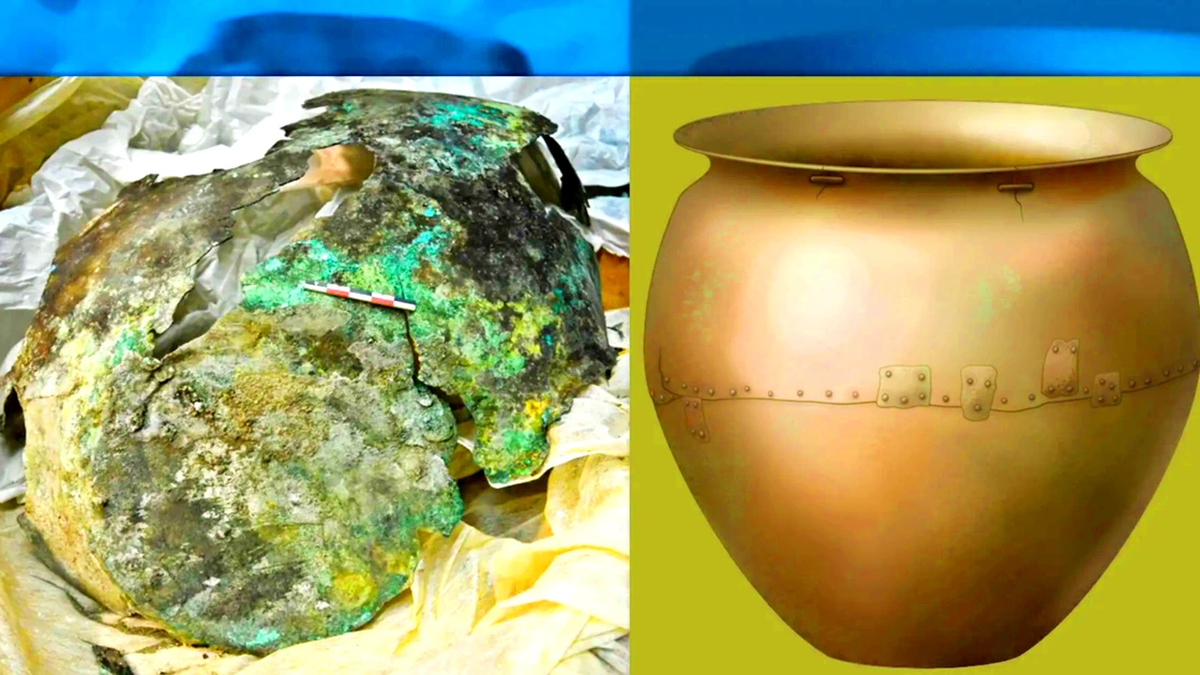
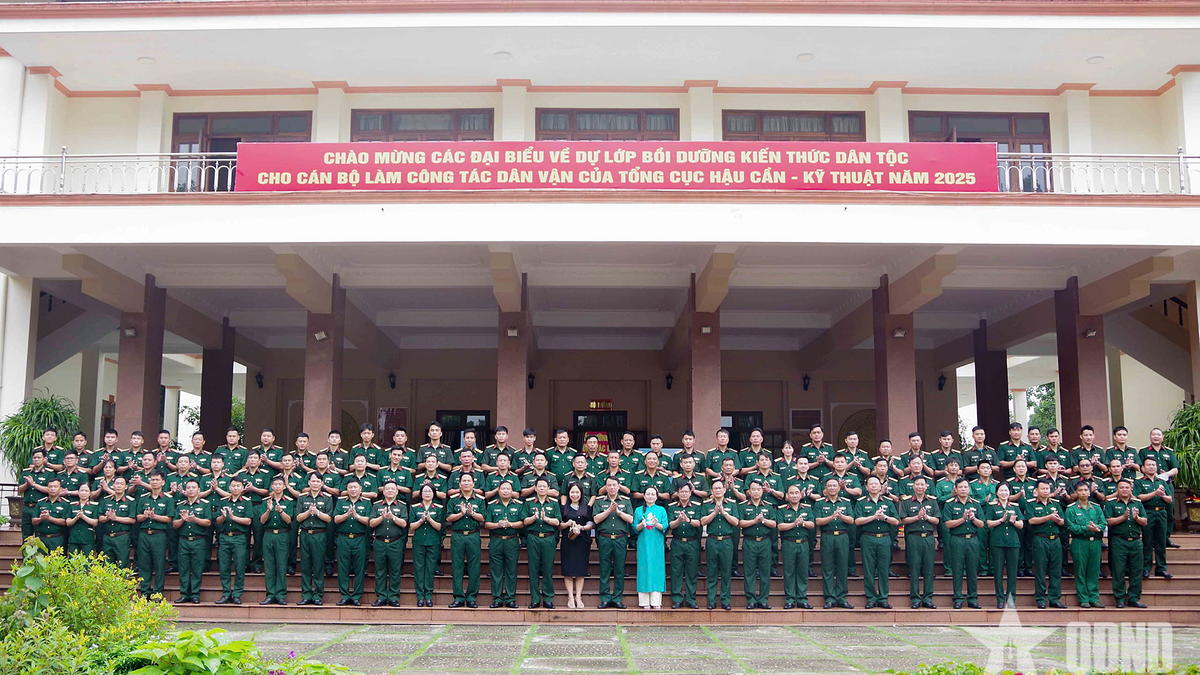
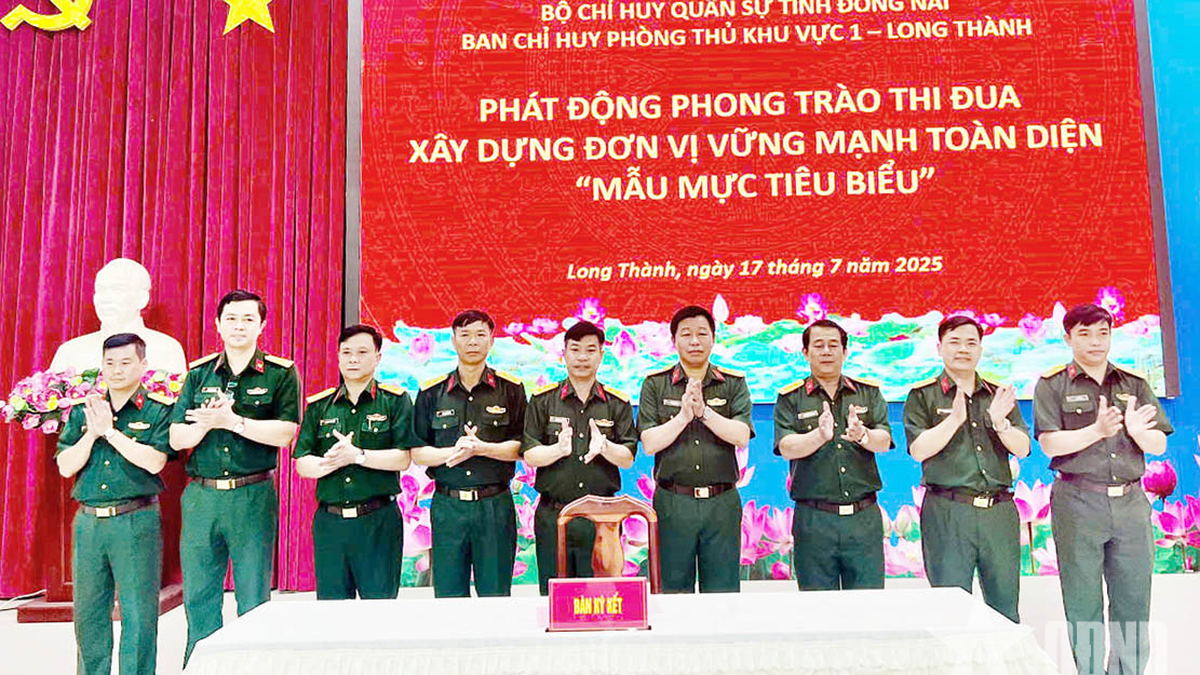
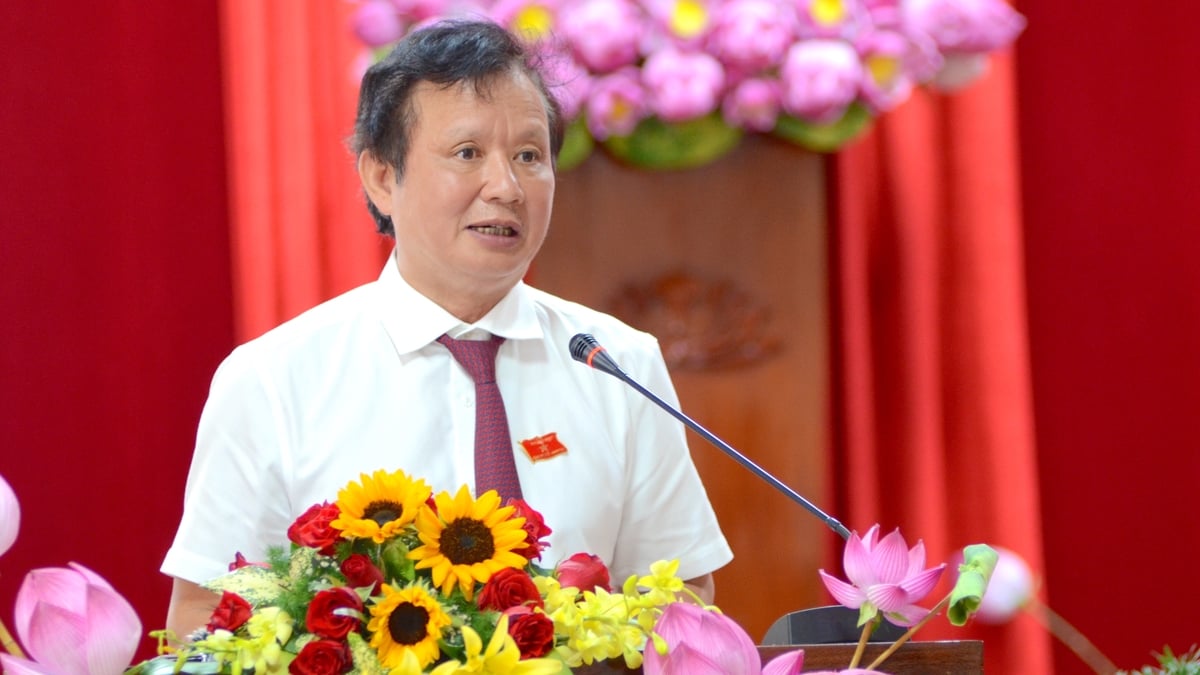













































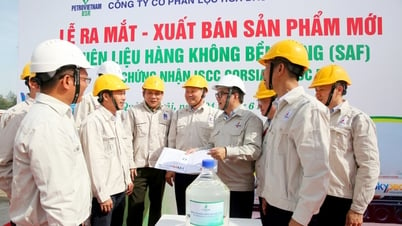



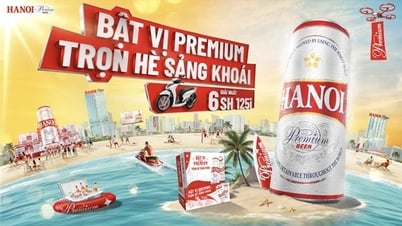

![[Maritime News] More than 80% of global container shipping capacity is in the hands of MSC and major shipping alliances](https://vphoto.vietnam.vn/thumb/402x226/vietnam/resource/IMAGE/2025/7/16/6b4d586c984b4cbf8c5680352b9eaeb0)



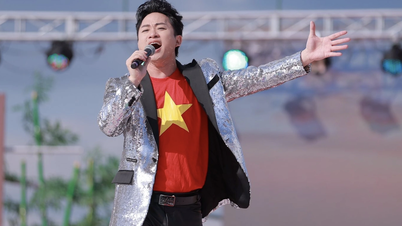


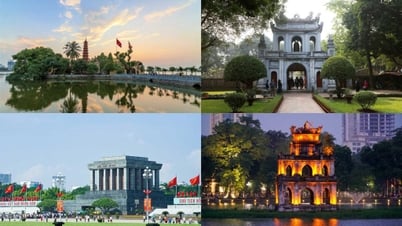

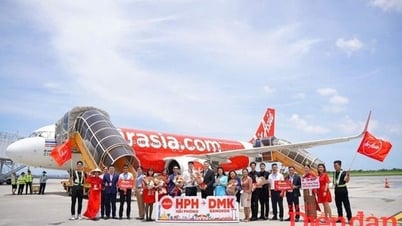

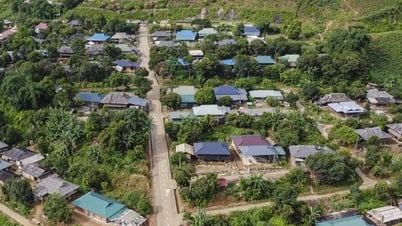
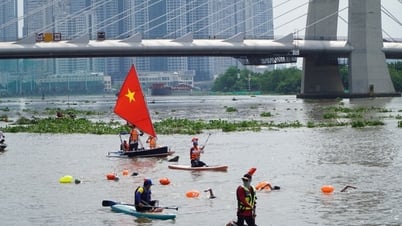
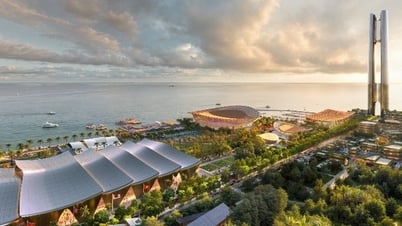
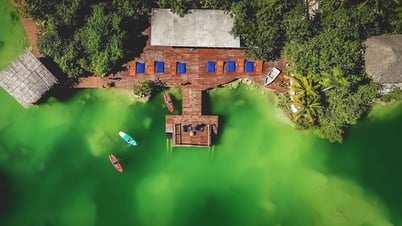
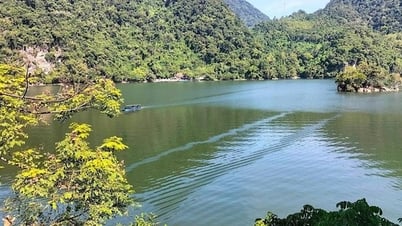






















Comment (0)